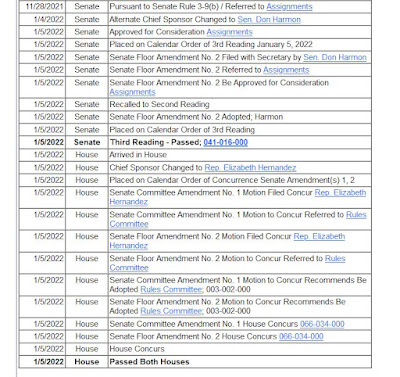No matter what some liar tells you, it is never easy to get people to properly sign nominating petitions for judicial office. It's difficult to get friends to do it, much less strangers. And you need a whole lot of strangers to sign if you have any hope of surviving a petition challenge. You need a whole lot more signatures than that if you have any hope of avoiding a challenge completely.
And as hard as it is to go knocking on the doors of people you don't know, even on a glorious afternoon in autumn, knowing there are registered voters peering out at you from behind the blinds, actually seeing them, and standing there feeling like an absolute fool until the persons inside give up and open the door or you give up and slink away, how much harder it must be in this Covid-afflicted primary year, when signatures must be gathered in the dead of winter.
What strategies can be employed?
The Cook County Democratic Party has always done petitions in bunches. All nine countywide slated candidates are listed on one petition; one signature thereon is a signature that counts for all nine. The ward organization of, say, a hypothetical Ald. Filch cares nothing for eight of the nine, but pushes the paper for all to help out the one in the alderman's favor. Meanwhile, on the other side of town, an equally hypothetical Ald. Grab likewise cares nothing for eight of the nine, but the one favored by Ald. Grab's organization is not the same one who enjoys the blessings of Ald. Filch. And so Ald. Grab's people push paper to support that candidate -- but all nine benefit. The signatures add up.
However, how does one garner signatures when the ink in the pen may be frozen?
I've been looking online to see what candidates are doing. Here's a screengrab from an Instagram post I saw this morning:
I can't tell from this if these two candidates are circulating joint petitions or merely having an event where persons may sign their individual sheets.
But the idea of running as an alternate ticket is not new this year; it has been done forever. Some of these "tickets" are the most temporary of coalitions -- banding together just long enough to get the joint petitions filed, then all proceeding individually. Some counter-tickets actually share resources and provide mutual assistance after the petitions are filed. At this stage of the campaign, it is hard to tell which is which.
Readers may have seen non-slated candidates circulating joint petitions already; I'm working on verifying some reports of these now. If you have information about petition signing events or alternate tickets, email me at jackleyhane@yahoo.com.





























